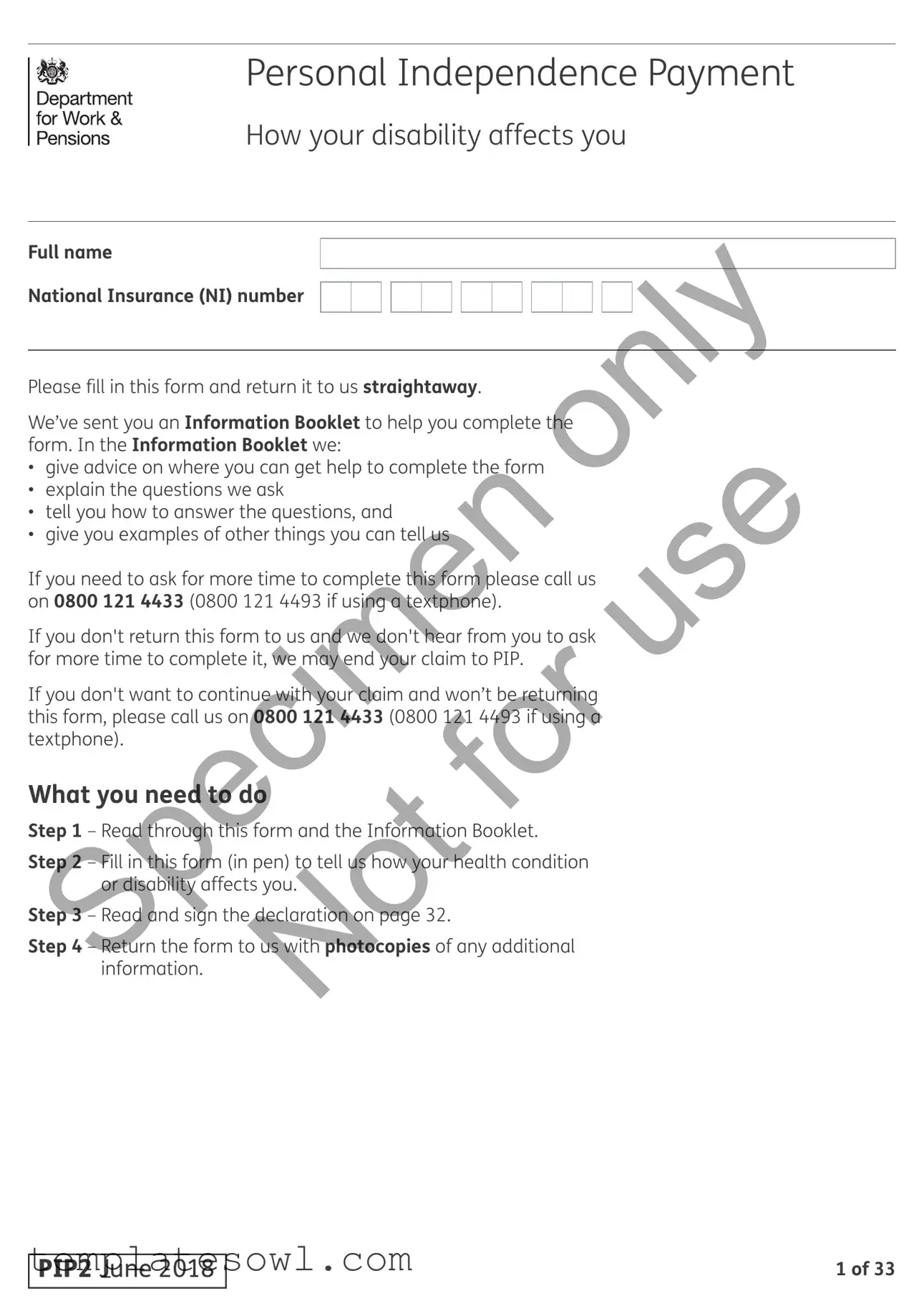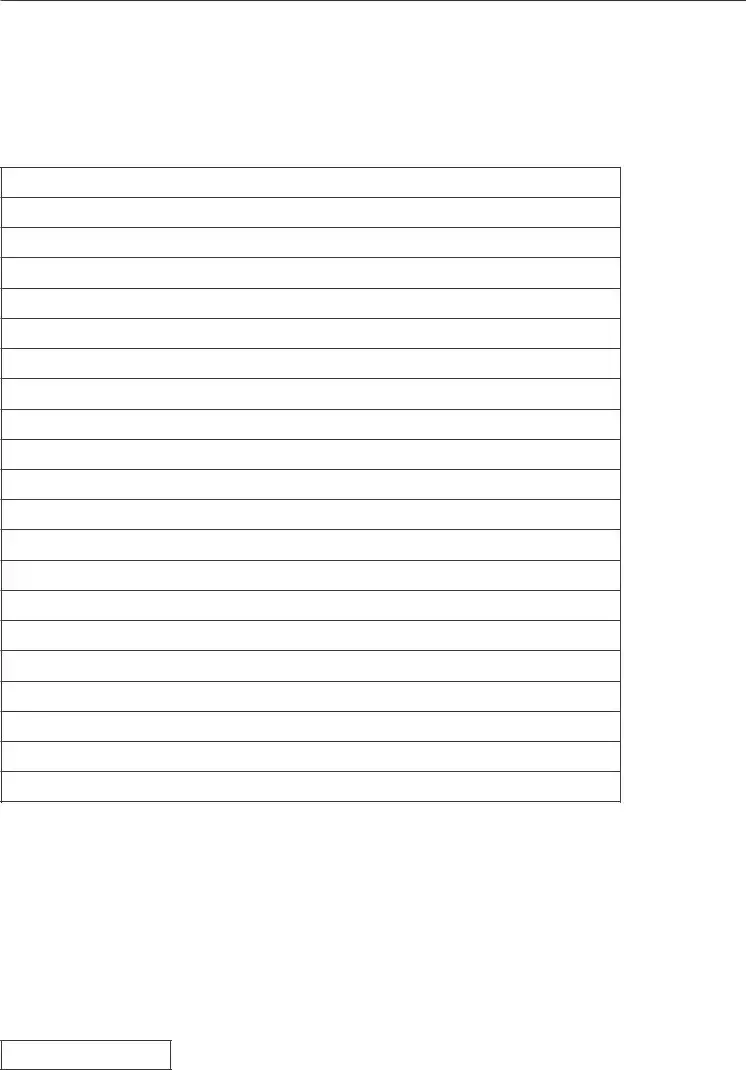What is the Personal Independence Payment (PIP) form used for?
The Personal Independence Payment (PIP) form is designed for individuals with disabilities or health conditions to explain how these affect their daily lives. It helps the relevant authorities assess eligibility for financial support. When completed accurately, the form provides crucial information that clarifies the impact of one’s condition on daily activities.
How do I fill out the PIP form properly?
To fill out the PIP form effectively, start by reading the Information Booklet that accompanies the form. This booklet provides guidance on the questions asked and offers examples that can help you frame your answers. It’s important to detail how your health condition impacts your daily life. Use a pen for legible handwriting, and remember to sign the declaration at the end. Additionally, photocopies of documents that support your claim, such as medical history, should be included.
What kind of additional information should I provide?
When submitting the PIP form, it is beneficial to include specific information that illustrates how your condition affects your day-to-day activities. This could be letters from healthcare professionals, reports from therapists, or records of medications. General information or fact sheets about your condition, however, should not be submitted. Make sure to send photocopies, as original documents cannot be returned.
What happens if I don’t return the form on time?
If you do not return the PIP form promptly and do not request an extension, there is a risk that your claim may be denied. It is crucial to either send the completed form within the specified timeframe or contact the authorities to ask for more time. Failure to communicate can result in the discontinuation of benefits you may be entitled to.
How do I include information about my healthcare professionals?
The form includes a section dedicated to detailing your healthcare professionals. You should provide names, contact details, and the type of profession for medical practitioners familiar with your health condition. For instance, listing specialists such as your GP, hospital doctor, or therapists, and including when you last consulted them will assist in providing context for your claim.
Can I get help to complete the PIP form?
Yes, assistance is available for completing the PIP form. The Information Booklet sent with the form contains advice on where to seek help. Additionally, if you need further clarification, you can contact the provided helpline. It’s advisable to reach out for help if you encounter difficulties understanding or completing any part of the form.










